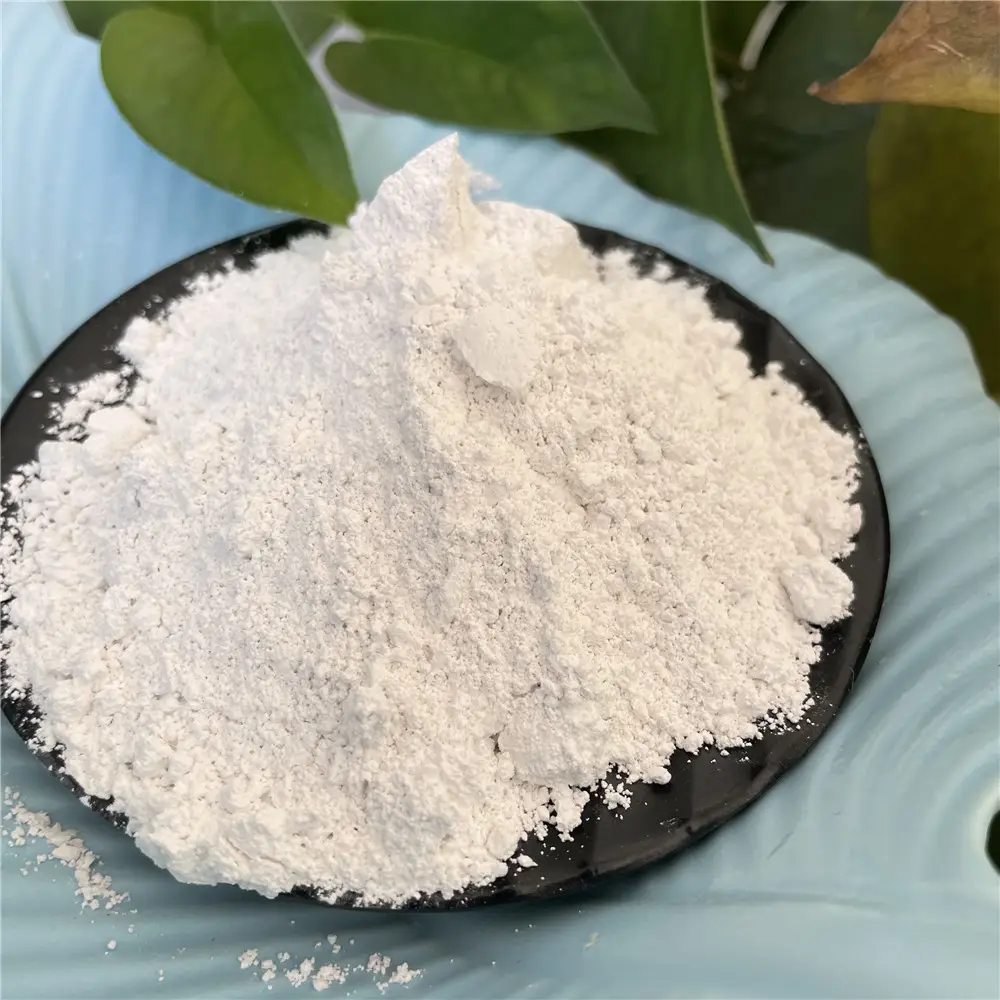
Understanding the Importance and Uses of Construction Lime in Modern Building Projects
Understanding Construction Lime A Vital Component in the Building Industry
Construction lime, also known simply as lime, is a crucial material used in various construction applications. Its significance cannot be overstated; lime has been utilized in building and construction for thousands of years, dating back to ancient civilizations. This article aims to explore the different types of construction lime, its benefits, applications, and future potential in sustainable building practices.
Types of Construction Lime
There are three primary types of lime used in construction
1. Quicklime (Calcium Oxide) Quicklime is produced by heating limestone (calcium carbonate) in a process known as calcination. When heated, limestone decomposes into quicklime and carbon dioxide. Quicklime is a highly reactive substance and can absorb moisture from the air; thus, it must be handled with care. In construction, it is used for producing slaked lime and can also be applied in the manufacture of plaster, mortar, and stabilization of soils.
2. Slaked Lime (Calcium Hydroxide) When quicklime is mixed with water, it forms slaked lime, also known as calcium hydroxide. This process generates heat and results in a paste-like material that can be used as a binder in mortars and plasters. Slaked lime has a slower setting time compared to quicklime, making it suitable for various applications, particularly in historical restoration work.
3. Hydraulic Lime Unlike the non-hydraulic limes mentioned above, hydraulic lime can set and harden in the presence of water. This property arises from the presence of impurities such as clay in the limestone before it is calcined. Hydraulic lime is often used in constructing structures exposed to moisture, such as bridges and dams, as it provides good durability and resistance against weathering.
Benefits of Construction Lime
Construction lime offers numerous advantages, making it an essential material in the building industry
- Sustainability Lime is a natural material that can be sourced and processed with a relatively low environmental footprint. Compared to cement production, which is highly carbon-intensive, lime can be produced using less energy, making it a more sustainable choice.
- Carbon Sequestration Lime has a unique ability to absorb carbon dioxide over time. When lime is exposed to the atmosphere, it reacts with carbon dioxide to form calcium carbonate, effectively sequestering carbon. This process can help mitigate the overall carbon emissions associated with construction.
construction lime

- Versatility Lime can be used in various applications, including mortar production, soil stabilization, and as an additive in concrete. This versatility extends to both new construction and restoration projects.
- Thermal Performance Structures built using lime-based products tend to have better thermal performance, leading to improved energy efficiency. Lime allows for breathability in walls, reducing the risk of moisture entrapment, which can be detrimental to raw building materials.
Applications in Construction
Construction lime is used in a plethora of applications, including
- Mortars and Plasters Lime-based mortars and plasters are favored for their flexibility, workability, and ability to adapt to different environmental conditions. They are particularly popular in the restoration of historical buildings, where the original materials need replacing without compromising the structure's integrity.
- Soil Stabilization In road construction and civil engineering projects, lime is used to stabilize weak or expansive soils. It enhances soil properties, improving load-bearing capacity and reducing plasticity, thus preventing future embankment problems.
- Concrete Additive In modern concrete production, lime is often added to improve the workability and durability of the mix. Lime can enhance the performance of concrete, making it a valuable ingredient in construction.
Future of Construction Lime
As the construction industry continues to evolve with an increased focus on sustainability, the role of construction lime is likely to expand. Researchers are exploring new applications and mixtures that incorporate lime in innovative ways, promoting principles of circular economy and reducing carbon footprints.
In conclusion, construction lime is an invaluable material that combines ancient tradition with modern innovation. Its benefits, from sustainability and versatility to improved thermal performance, make it a crucial component in various construction applications. As we move toward a more eco-conscious future, lime's role in construction is set to grow, reinforcing its status as a cornerstone in the building industry.
Share
-
Premium Talcum Powder Enhanced with GPT-4 Turbo | Soft & Long-LastingNewsAug.02,2025
-
Fly Ash Solutions Enhanced by GPT-4 Turbo | Sustainable InnovationNewsAug.01,2025
-
Natural Premium Bentonite Cat Litter - Superior ClumpingNewsJul.31,2025
-
Premium Resin Coated Sand - High Heat Resistance CastingNewsJul.31,2025
-
High Quality Silicon Carbide Grit for Abrasive ApplicationsNewsJul.30,2025
-
High-Quality Ceramsite for Plants & Gardening | Lightweight PebblesNewsJul.29,2025






